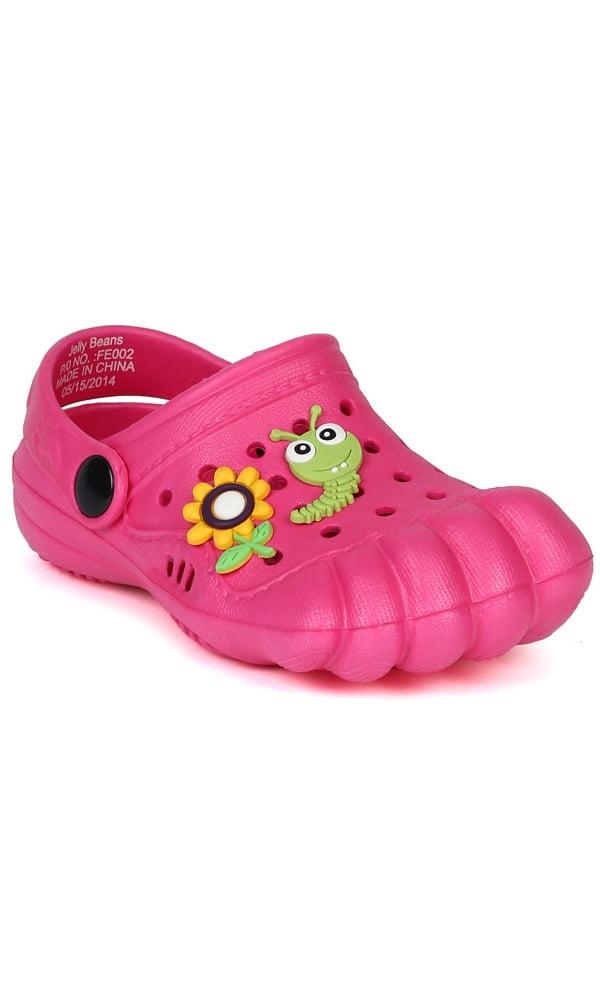
This horribly slow dry time can be attributed to two factors: Twenty-four hours after my feet had gotten wet, my feet were still wet when we hit the road. That afternoon we had a 12-mile on-trail stretch, followed by another 5 miles on the morning of Day 4 to reach Going-to-the-Sun Road. Thanks to warming temperatures and an intermittent sun, the vegetation dried out by noon on Day 3. Meanwhile, moisture was unable to escape from inside my shoe. After 24 hours of dry conditions, the exterior fabric was only partially dry. On the Appalachian Trail I remember this frequently being the case.Īfter getting wet, my waterproof shoes dried extraordinarily slowly. Granted, we were off-trail, but wading through wet brush is a common on-trail experience in Glacier, too, as well as many other locations with lush understory and narrow singletrack. The vegetation was wet from a combination of overnight rain and dew. The 1,200-foot ascent to Trapper Peak Pass began with knee-high brush and incrementally faded over the 1.5 miles into short tundra grasses as we gained elevation. To that point, my feet had stayed “dry,” albeit more moist than they would have in breathable shoes. We had breakfast between our first and second passes of the day. Day 3: Guaranteed to keep you dry? Whatever. His shoes were closer to ambient temperature, and they were only slightly more damp than mine despite an hour earlier having intentionally soaked his feet in a creek. My hiking partner Dave was wearing non-waterproof shoes, specifically the La Sportiva Bushido. The insides seemed to be about body temperature (high 90’s), and there was sensible dampness. I was shocked by the heat and moisture trapped by my shoes. We left the trailhead late-morning, and conditions were warm and dry: 70-degree temperatures, few clouds, and no major creek crossings or dew-soaked trailside vegetation.Īfter about three hours we took a 15-minute rest, and I took the opportunity to remove my shoes and socks. You’ll have better success with minimizing the effects and aftermath of having wet feet.Ĭlimbing through sub-alpine larch trees towards Boulder Pass, with warm temperatures and dry conditions. Gore-Tex and other companies that offer waterproof-breathable fabrics or products are selling us a lie: that you can keep your feet dry when it’s wet outside. I’m disappointed that these findings were nearly identical to those I made years ago, but not surprised. While the shoes are drying, feet are trapped in a hot and wet environment, which again are favorable conditions for discomfort, maceration, blisters, and the growth of bacteria and fungus. After getting wet, waterproof shoes dry very slowly, because there is no airflow through the shoe to exchange humid interior air with dry external air.External moisture easily enters through the top of the shoe it can also pass through the membrane once the DWR treatment fails, and through the seams of the waterproof bootie on well used pairs. In prolonged wet conditions, waterproof shoes are decidedly not waterproof.In addition to being uncomfortable, these are ripe conditions for blisters. In dry conditions, waterproof shoes trap excessive perspiration and body heat.I have three takeaways from my recent experience with waterproof Gore-Tex shoes:

Thus, I’d say that the expected experience with non-Gore-Tex waterproof footwear will be about the same as well. While all “waterproof” shoes are not made of Gore-Tex, the underlying fabric technology and footwear construction is generally the same. I’m inclined to go one step further, too.

My La Sportiva Raptor GTX shoes, just before I threw them in the trash after hiking just 60 miles in them. I’ve been a longtime fan of the Raptor family, and have worn the breathable version with excellent results on many trips, including last summer on the Wind River High Route. Prior to this trip they had been used little, and were in like-new condition. So last month while hiking the Glacier Divide Route I intentionally wore waterproof trail running shoes, specifically the La Sportiva Raptor GTX, the predecessor of the Ultra Raptor GTX. Occasionally, however, it’s healthy to revisit long held positions, whether about family planning, gun control, or Gore-Tex. Core 13 Clothing: Rain Jacket & Rain Pants.Breathability: an explanation of its importance, mechanisms, and limitations.Why I’m hard on Gore-Tex, the King of Hype.My skepticism of waterproof-breathable fabrics (like Gore-Tex) and products that utilize them (like rain gear and “waterproof” footwear) is no secret. The exterior of my “waterproof” Gore-Tex footwear is visibly wet the interior was soaked, too.


Painful, badly macerated (and out of focus) feet - especially the heel and toes - at the end of Day 3.


 0 kommentar(er)
0 kommentar(er)
